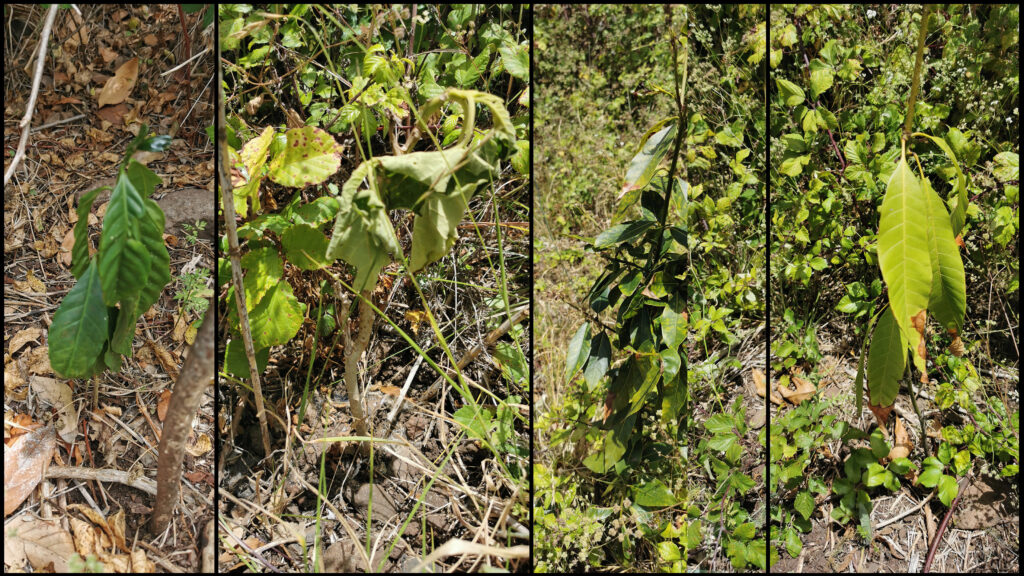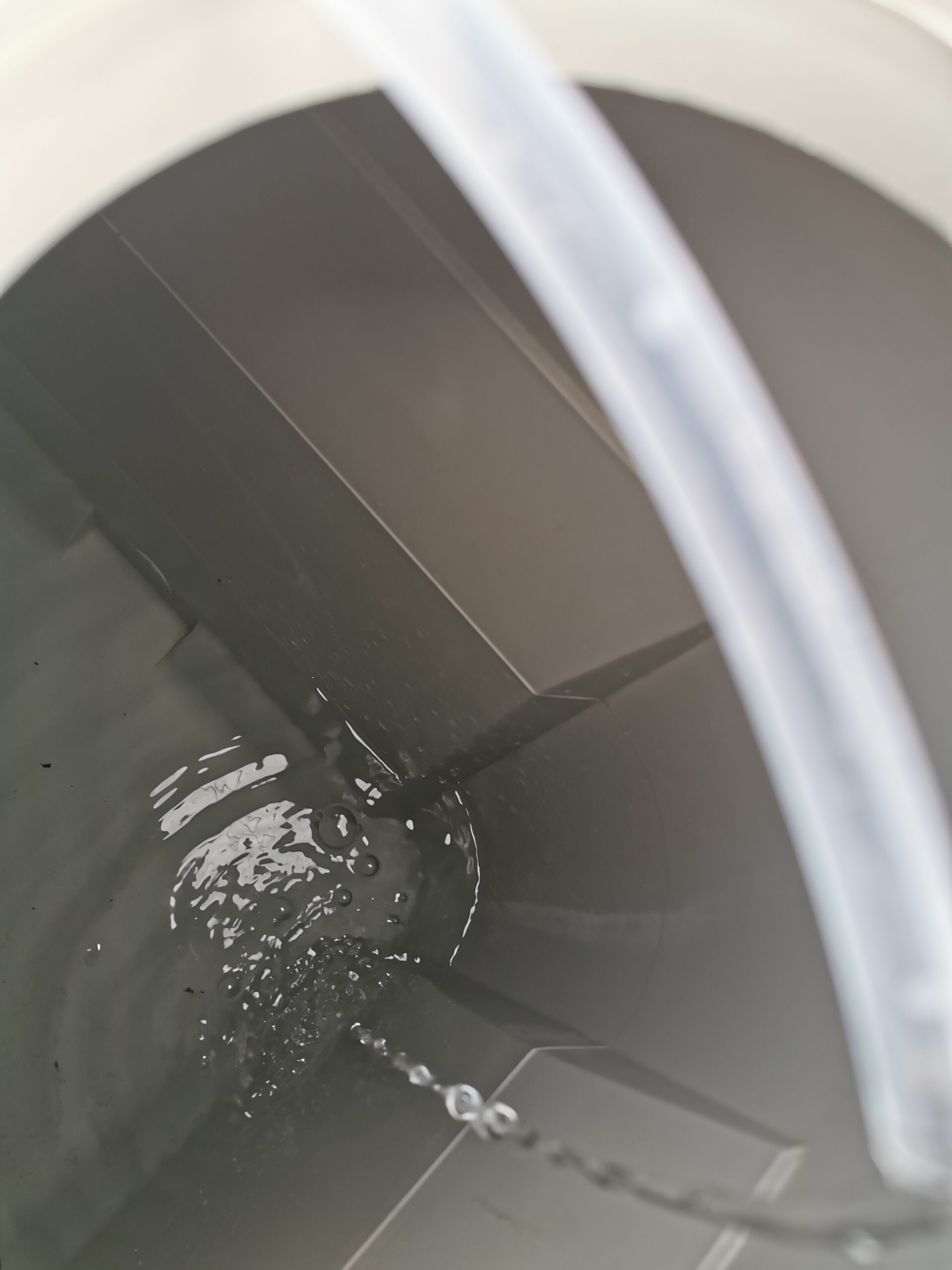Discovering the Art of Water Conservation
Amidst the captivating world of agriculture, the significance of water conservation holds an eminent place. For coffee farmers and growers alike, ensuring a balanced water balance in the fields becomes paramount in optimizing crop yields and promoting sustainability. The journey towards water conservation entails various strategies that can elevate the health of our crops and preserve our precious water resources.
A Thriving Symphony of Strategies
To embark on the path of water conservation, farmers can explore an array of essential strategies. By reducing wind speeds, we can limit water evaporation, promoting deeper water infiltration in the soil. Organic matter content, soil structure, and root growth are key players in maintaining a healthy water balance, enabling our crops to thrive. Intercropping and agroforestry also offer a dual advantage, reducing the risk of drought while preserving water and soil structures.
Unlocking Water Use Efficiency
Water Use Efficiency stands as a crucial concept that can revolutionize our farming practices. This metric measures crop yield per unit of water used, and enhancing it can revolutionize our water management. Improving soil fertility and integrated pest management can contribute to greater water efficiency. Calculating irrigation amounts with precision ensures water is used when needed, avoiding wasteful practices.
Safeguarding Sensitive Crop Stages
Our irrigation practices can be strategically aligned with sensitive crop stages, such as germination, pollination, and grain/fruit filling. Tailoring irrigation to these stages can protect crops during their most vulnerable phases, ensuring healthy growth and yield. Moreover, innovative irrigation methods like drip irrigation and sprinklers can significantly boost water efficiency compared to flood irrigation.
Rooting for Deep Root Growth
Encouraging deep root growth in our crops can be a game-changer in water conservation. Plants with robust and deep-rooted systems gain access to water from deeper soil layers, making them resilient to dry spells. Investing in drought-tolerant plants and those with advanced root development can reduce irrigation needs while enhancing overall crop performance.

Mulch: The Protective Armor
Mulch, a covering of plant litter or other materials, plays a crucial role in conserving water. By providing a cooler and moister soil surface, mulch reduces evaporation and enhances water retention. However, proper mulch management is essential to avoid potential drawbacks such as insect harboring or water pooling.
Greenhouses and Smart Solutions
In the realm of innovative solutions, greenhouses stand out for their water recycling capabilities. By recycling much of the water used, greenhouses minimize wastage and maximize efficiency. However, ventilation remains critical to maintain optimal CO2 levels for plant growth.
The Art of Drought-Tolerant Cultivation
Opting for drought-tolerant plants can be a boon in water conservation efforts. These plants possess unique abilities to withstand dry conditions, making them valuable assets in water-scarce environments.
An Integrated Approach to Water Conservation
Embracing water conservation requires an integrated, holistic approach to crop management. While irrigation can significantly aid in water conservation, it must be implemented wisely, as improper practices can have detrimental effects. By carefully considering each aspect of water management, farmers can pave the way towards sustainability and a thriving future.
In this grand symphony of water conservation, every detail matters. By harmonizing our efforts, we can orchestrate a sustainable future, where water resources are cherished, and our crops flourish in harmony with nature. As we embark on this journey, let us preserve the art of water conservation, ensuring that our fields remain bountiful and our planet thrives for generations to come.

